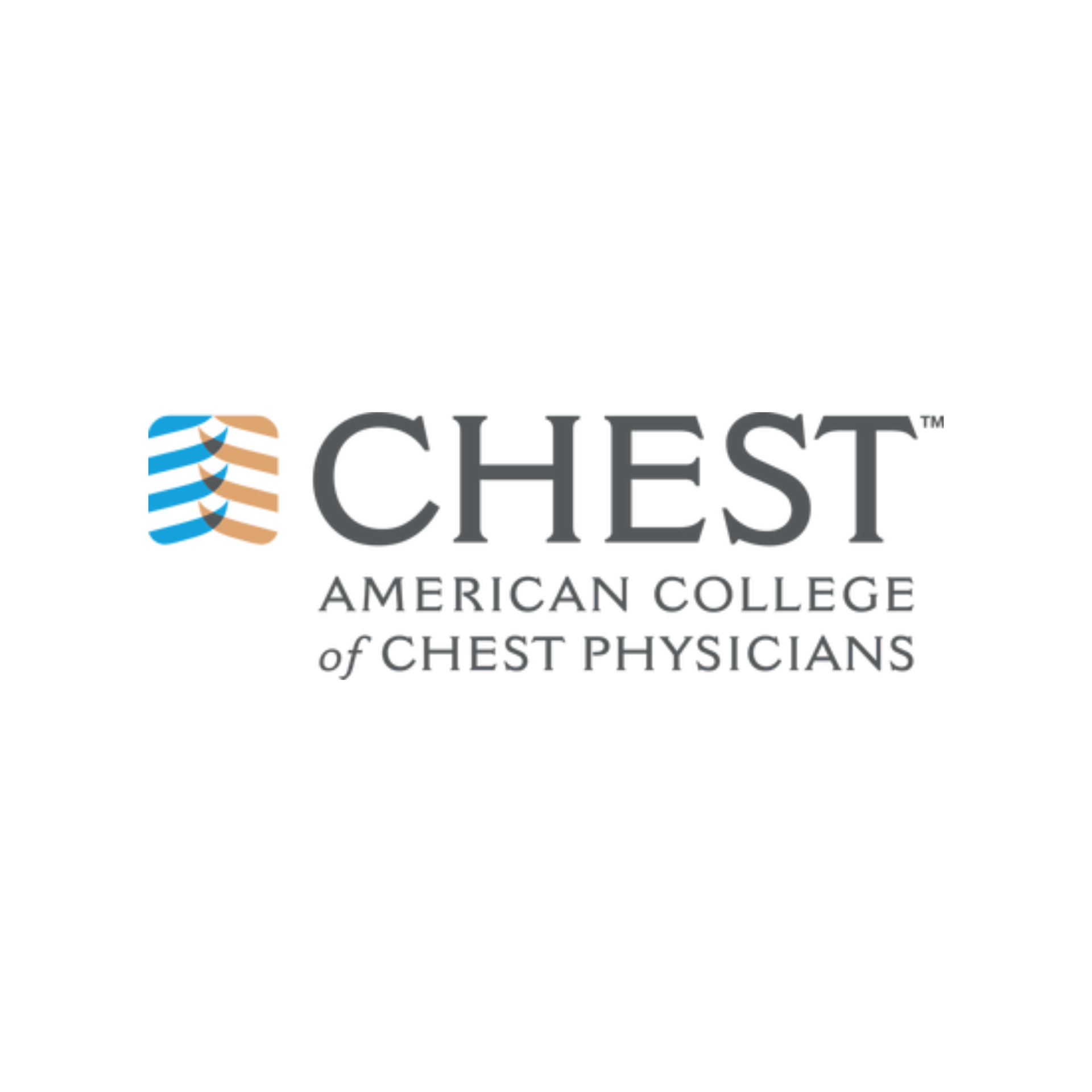PULMONARY FIBROSIS
Pulmonary fibrosis is a disease marked by scarring of the tissue inside and between the air sacs in the lungs. When the scar forms, the tissue becomes stiff and thicker. This makes it harder for oxygen to pass through the walls of the air sac into the bloodstream. Once the lung tissue becomes scarred, the damage cannot be reversed. Pulmonary fibrosis is one of a family of related diseases called interstitial lung diseases. All of these diseases can result in lung scarring.
What are the Symptoms of Pulmonary Fibrosis?
- Shortness of breath, particularly during exercise
- Dry, hacking cough
- Fast, shallow breathing
- Gradual unintended weight loss
- Tiredness
- Aching joints and muscles
- Clubbing (widening and rounding of the tips of the fingers or toes)
How Serious is Pulmonary Fibrosis?
About 140,000 Americans have been diagnosed with pulmonary fibrosis. It is most likely to affect people ages 50 to 75. Pulmonary fibrosis can develop slowly or quickly. In some people, the disease stays the same for years. Usually, a person's breathing symptoms become worse over time. A person with pulmonary fibrosis eventually may be short of breath even at rest. There is no cure. Many people with the disease live only about three to five years after diagnosis.
Pulmonary fibrosis can lead to other medical problems, including collapsed lung, lung infections, blood clots in the lungs and lung cancer. As the disease gets worse, it can lead to respiratory failure, pulmonary hypertension and heart failure. A person with pulmonary fibrosis may need supplemental oxygen to help with breathing.
What Causes Pulmonary Fibrosis?
In most cases, there is no known cause for the disease. In these cases, it is called idiopathic pulmonary fibrosis or IPF. Things that may increase the risk of pulmonary fibrosis include:
- Cigarette smoking
- Certain viral infections
- Exposure to environmental pollutants, including silica and hard metal dusts, bacteria and animal proteins, and gases and fumes
- The use of certain medicines
- Genetics. Some families have at least two members who have pulmonary fibrosis.
- Gastroesophageal reflux disease (GERD). GERD is a condition in which acid from your stomach backs up into your throat. Some people who have GERD may breathe in tiny drops of acid from their stomachs, which may injure the lungs.
How is Pulmonary Fibrosis Detected?
Your doctor will do a physical exam. Your doctor may ask about your history of smoking, things in the air at your job that could irritate your lungs, your history of drug use, other medical conditions, your family's medical history, and your hobbies. Other tests for pulmonary fibrosis may include:
- Chest X-ray
- Lung function tests to find out how much lung damage you have
- Blood tests to check for oxygen levels in your bloodstream and for possible infections
- Bronchoalveolar lavage, a test that removes and examines cells from the lung. The test is done during bronchoscopy, a special examination of the lung.
- Lung biopsy, done during bronchoscopy or as a surgical procedure. The biopsy removes a sample of lung tissue for your doctor to study.
- CT scan
- Exercise testing to find out how well your lungs move oxygen and carbon dioxide in and out of your bloodstream.
How is Pulmonary Fibrosis Treated?
There is no cure for pulmonary fibrosis. Current treatments are aimed at preventing more lung scarring, relieving symptoms and helping you stay active and healthy. Treatment cannot fix lung scarring that has already occurred. Treatments include:
- Medicine. Your doctor may prescribe prednisone to reduce inflammation. Prednisone is a corticosteroid. It can have serious side effects. Other medicines sometimes given for pulmonary fibrosis are azathioprine and cyclophosphamide, which suppress the immune system. They also can cause serious side effects. These treatments may help prevent further scarring and increase survival time in some patients, but they don't work for everyone with pulmonary fibrosis.
- Oxygen therapy may be prescribed if the amount of oxygen in your blood gets low. Supplemental oxygen therapy may help reduce your shortness of breath and make it easier for you to stay active.
- Pulmonary rehabilitation is a program that teaches you about your lung disease, how to exercise and how to manage your disease, and provides support and counseling.
- Lung transplant may be recommended for you if you are younger than 65, have no other medical problems and are not being helped by medicines.






